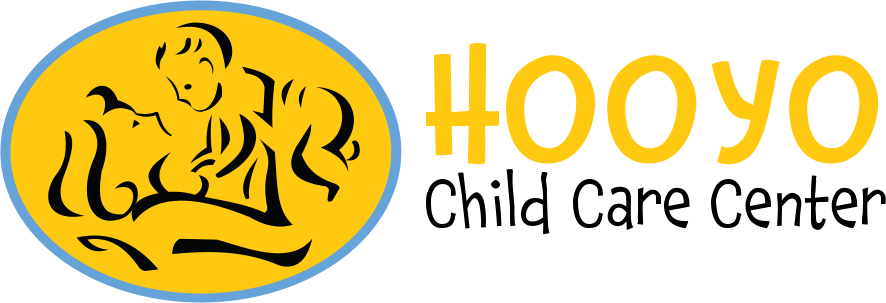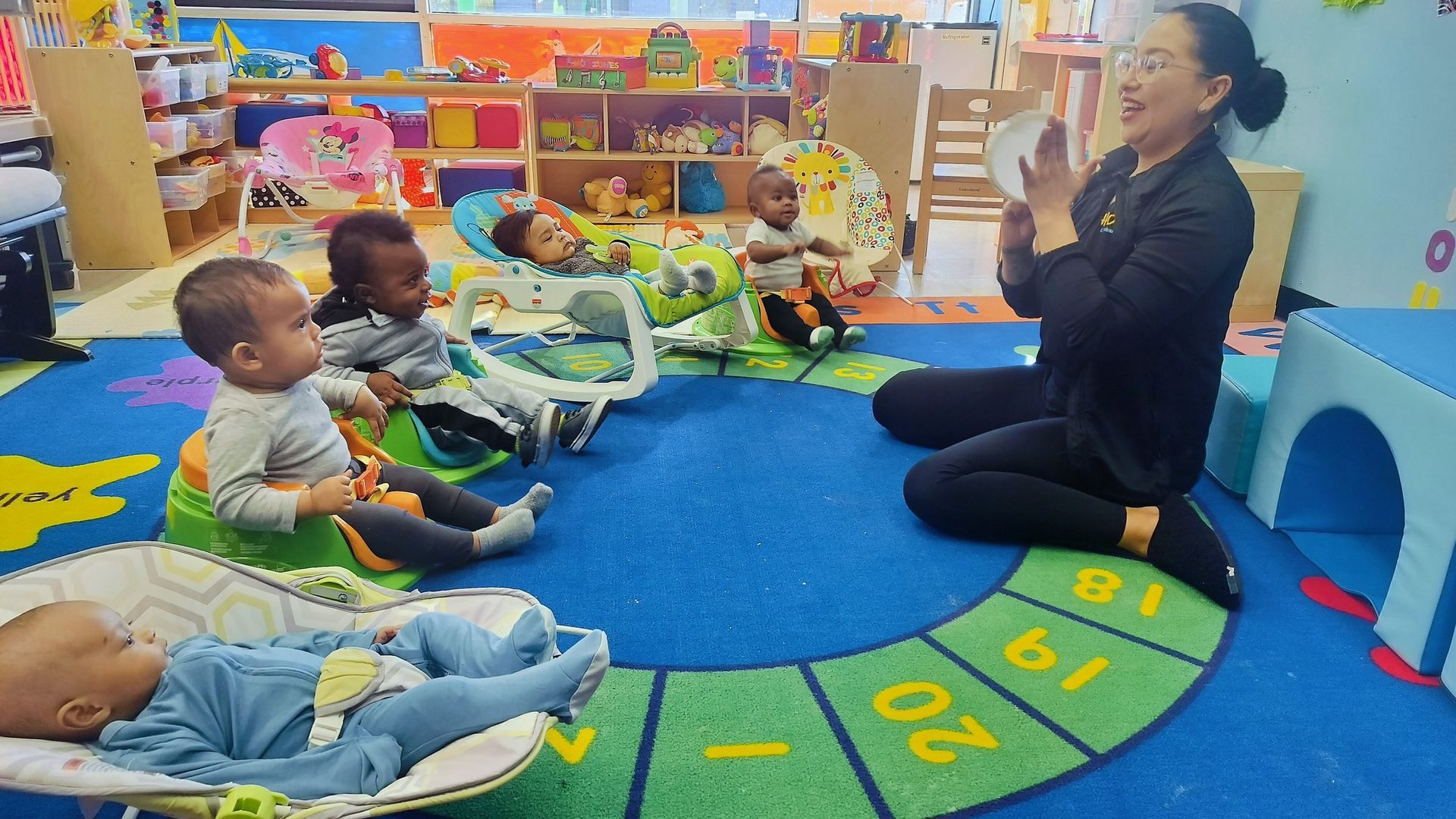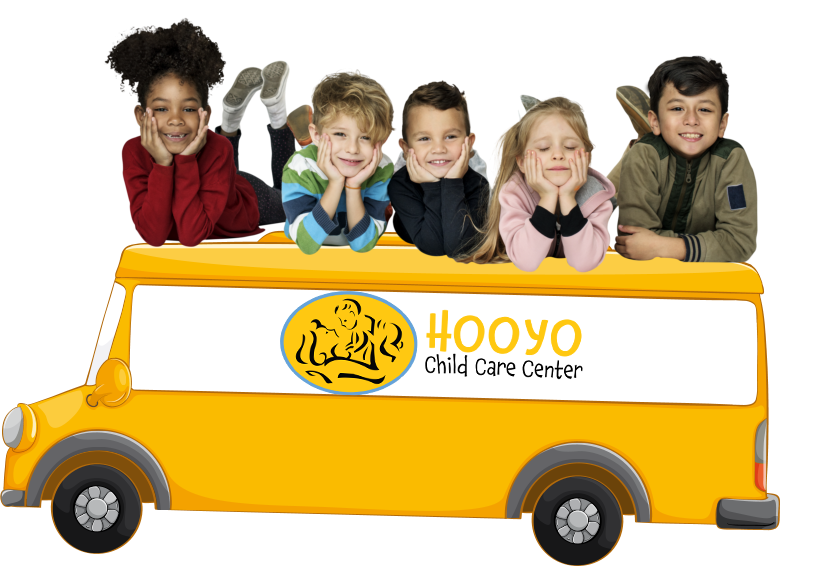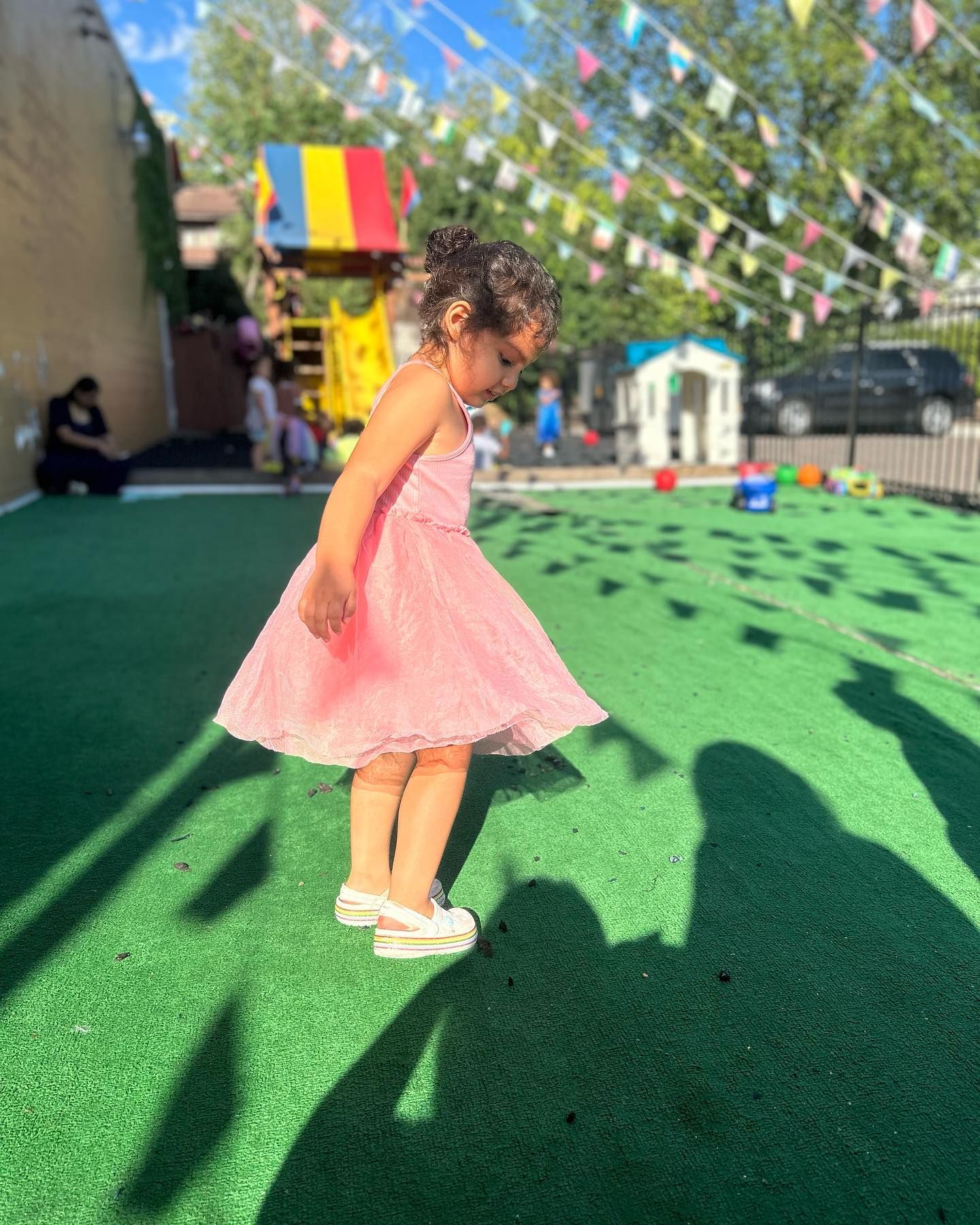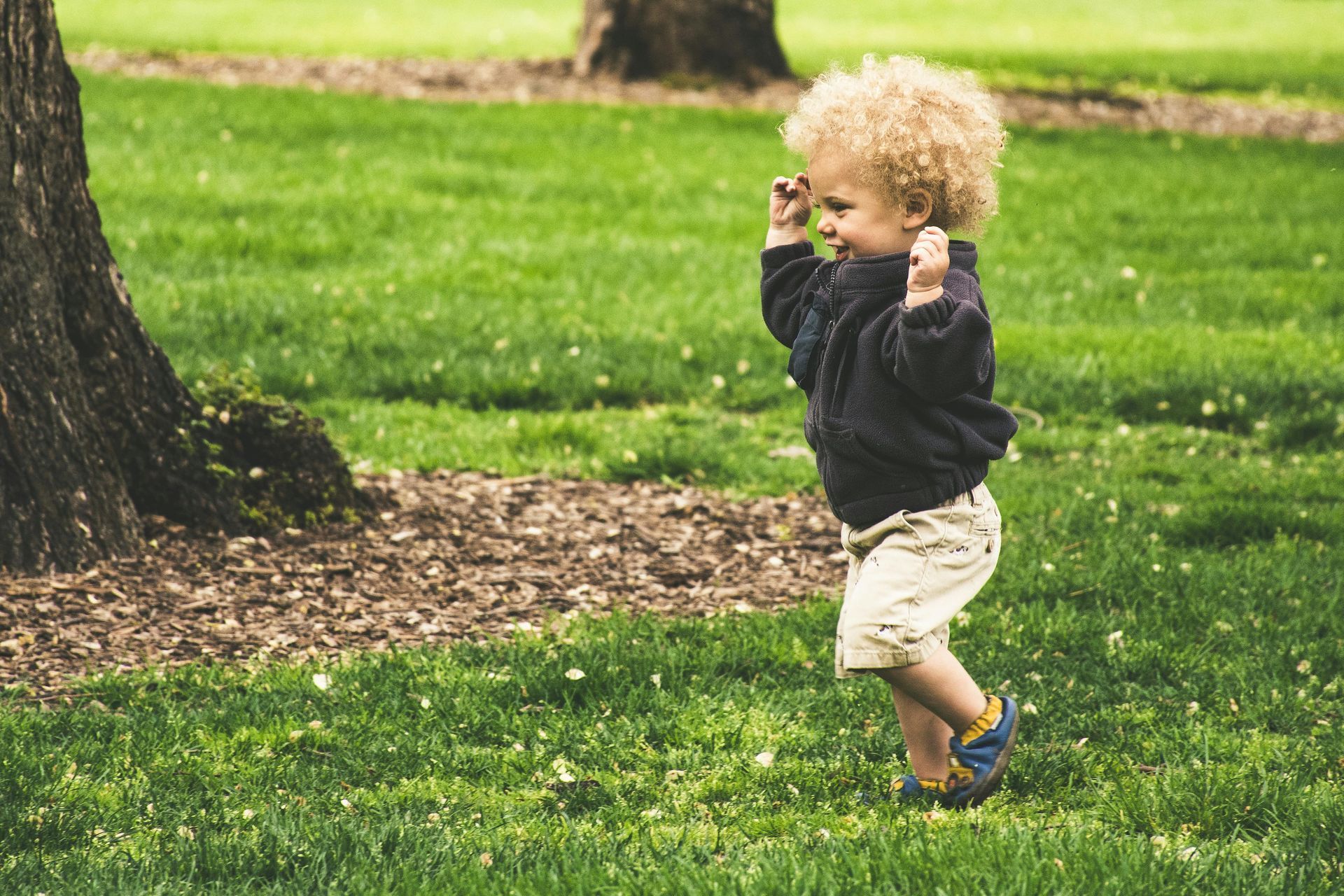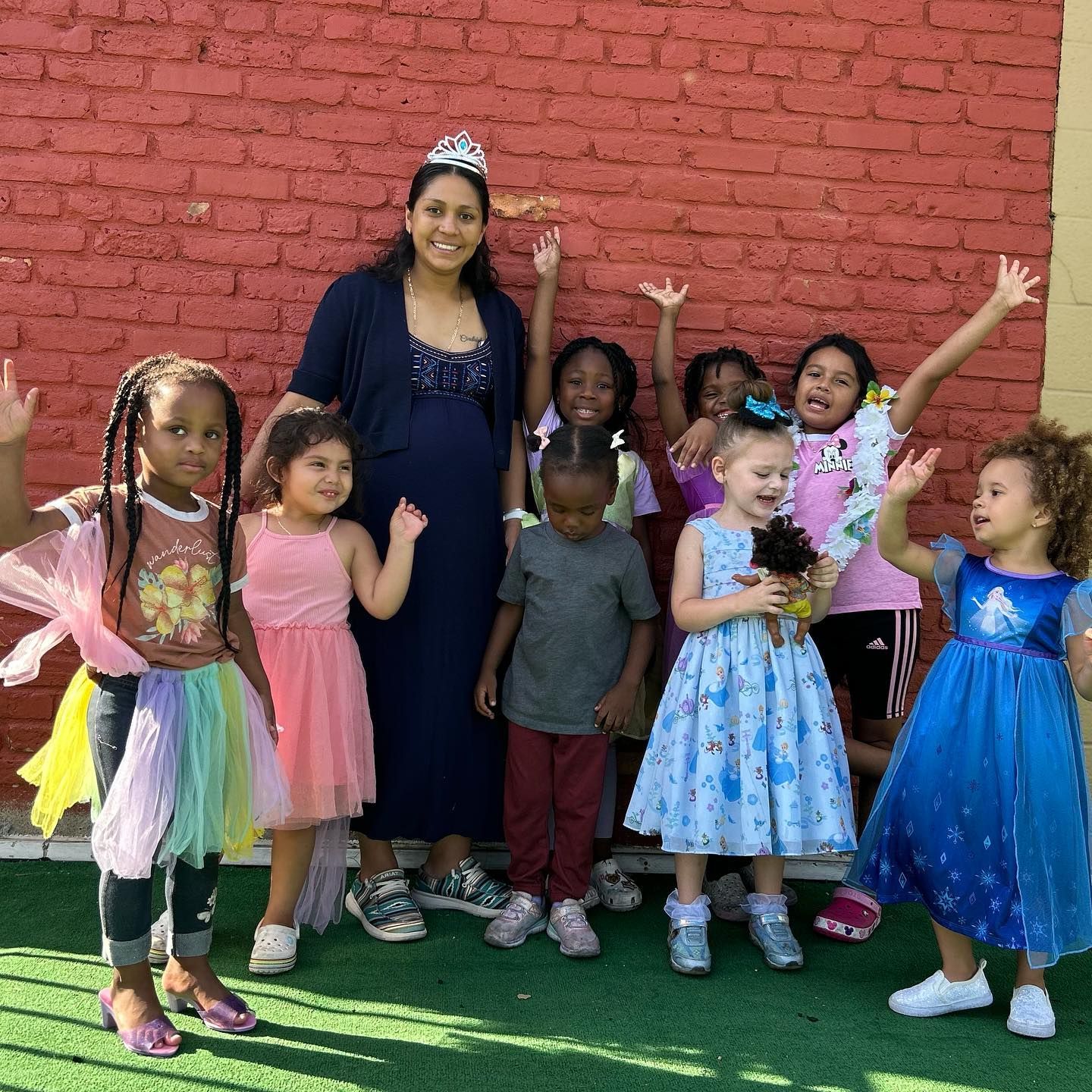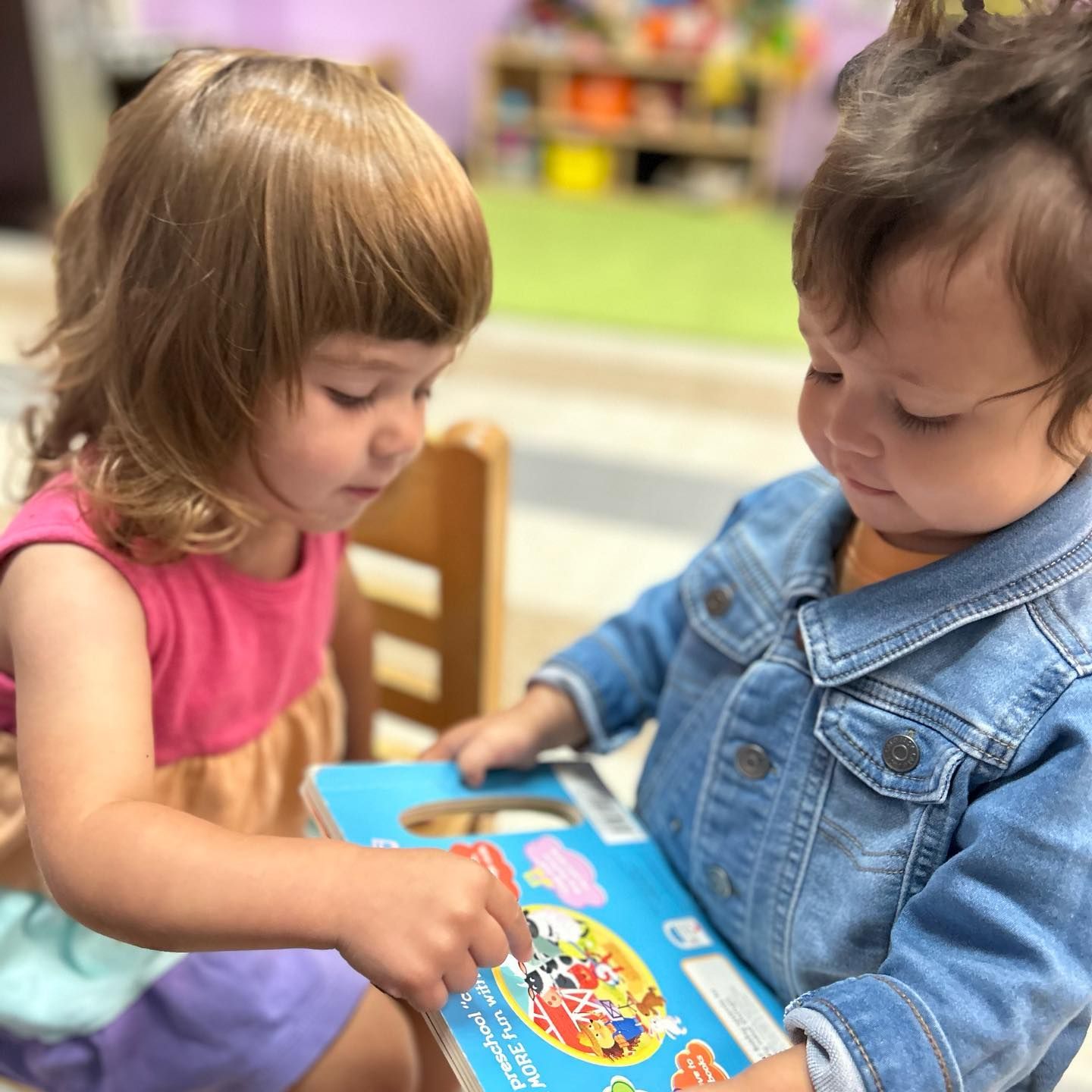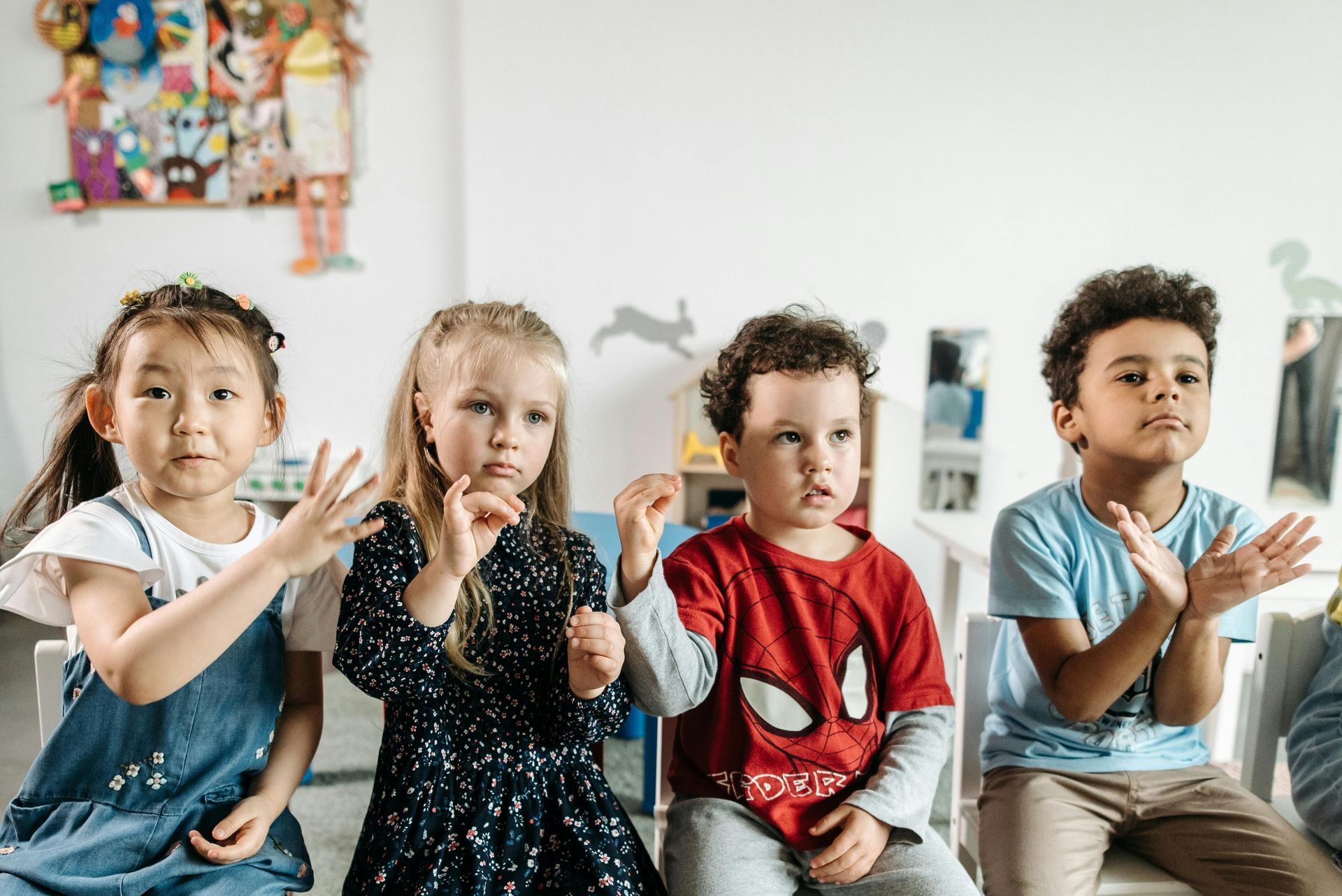5 Tips to Support Your Child’s Bilingual Development at Home
Helping Your Child Thrive in Two Languages

Bilingualism offers children incredible cognitive, social, and educational advantages. At Hooyo Child Care Center, we integrate English and Spanish naturally throughout our programs. However, reinforcing bilingual skills at home is equally important to build fluency and confidence.
Here are five simple yet powerful ways you can support your child's bilingual development outside of the classroom.
Tip 1: Speak Both Languages Regularly
Consistency is key when raising a bilingual child.
- If you are fluent in both languages, try alternating languages during different times of the day.
- If you primarily speak one language, dedicate certain activities (like reading books or cooking) to using the second language.
Children benefit greatly from hearing a rich variety of words and expressions in both languages daily.
Tip 2: Read Books in Both Languages
Reading together is one of the most effective ways to strengthen language skills.
- Build a home library with books in both English and Spanish.
- Read the same book in two languages to help connect vocabulary and ideas.
- Encourage your child to retell stories using words from both languages.
Even 15 minutes a day can make a significant difference in your child's bilingual vocabulary development.
Tip 3: Label Everyday Objects at Home
Turn your home into a language-rich environment by labeling common items like:
- Refrigerator (Refrigerador)
- Table (Mesa)
- Door (Puerta)
- Chair (Silla)
This simple strategy helps reinforce word recognition in both languages and promotes natural, daily language practice.
Tip 4: Make Language Learning Fun
Games, music, and play are powerful language-building tools.
- Sing bilingual songs and nursery rhymes.
- Play simple board games that require speaking or reading in both languages.
- Use language-learning apps designed for young children.
When learning feels like play, children are more likely to stay engaged and motivated.
Tip 5: Celebrate Bilingual Milestones
Learning two languages is a major accomplishment. Celebrate your child's progress with praise, special outings, or even a bilingual "word of the day" party.
Recognizing small achievements builds your child's confidence and reinforces the joy of being bilingual.
Remember: It’s normal for bilingual children to mix languages or experience slight delays at times—this is a healthy part of their development.
Frequently Asked Questions
Is it confusing for young children to learn two languages at once?
No. Young children are especially capable of learning multiple languages simultaneously and can easily separate them over time.
What if I only speak one language?
You can still support bilingualism by reading books, singing songs, and exposing your child to the second language through school, media, or community activities.
How long does it take to become fluent in two languages?
Fluency depends on consistency, exposure, and practice over time. Early and ongoing exposure greatly helps.
